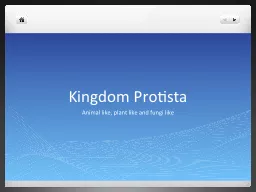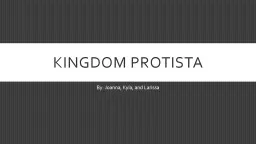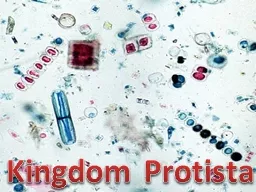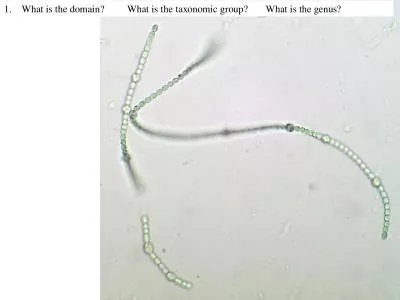PPT-The Kingdom Formerly Known as Protista
Author : TootsieWootsie | Published Date : 2022-08-04
The Kingdom Formally Known as Protista Protists are singlecelled and usually move by cilia flagella or by amoeboid mechanisms The Artist Fomerly Known as Prince
Presentation Embed Code
Download Presentation
Download Presentation The PPT/PDF document "The Kingdom Formerly Known as Protista" is the property of its rightful owner. Permission is granted to download and print the materials on this website for personal, non-commercial use only, and to display it on your personal computer provided you do not modify the materials and that you retain all copyright notices contained in the materials. By downloading content from our website, you accept the terms of this agreement.
The Kingdom Formerly Known as Protista: Transcript
Download Rules Of Document
"The Kingdom Formerly Known as Protista"The content belongs to its owner. You may download and print it for personal use, without modification, and keep all copyright notices. By downloading, you agree to these terms.
Related Documents














